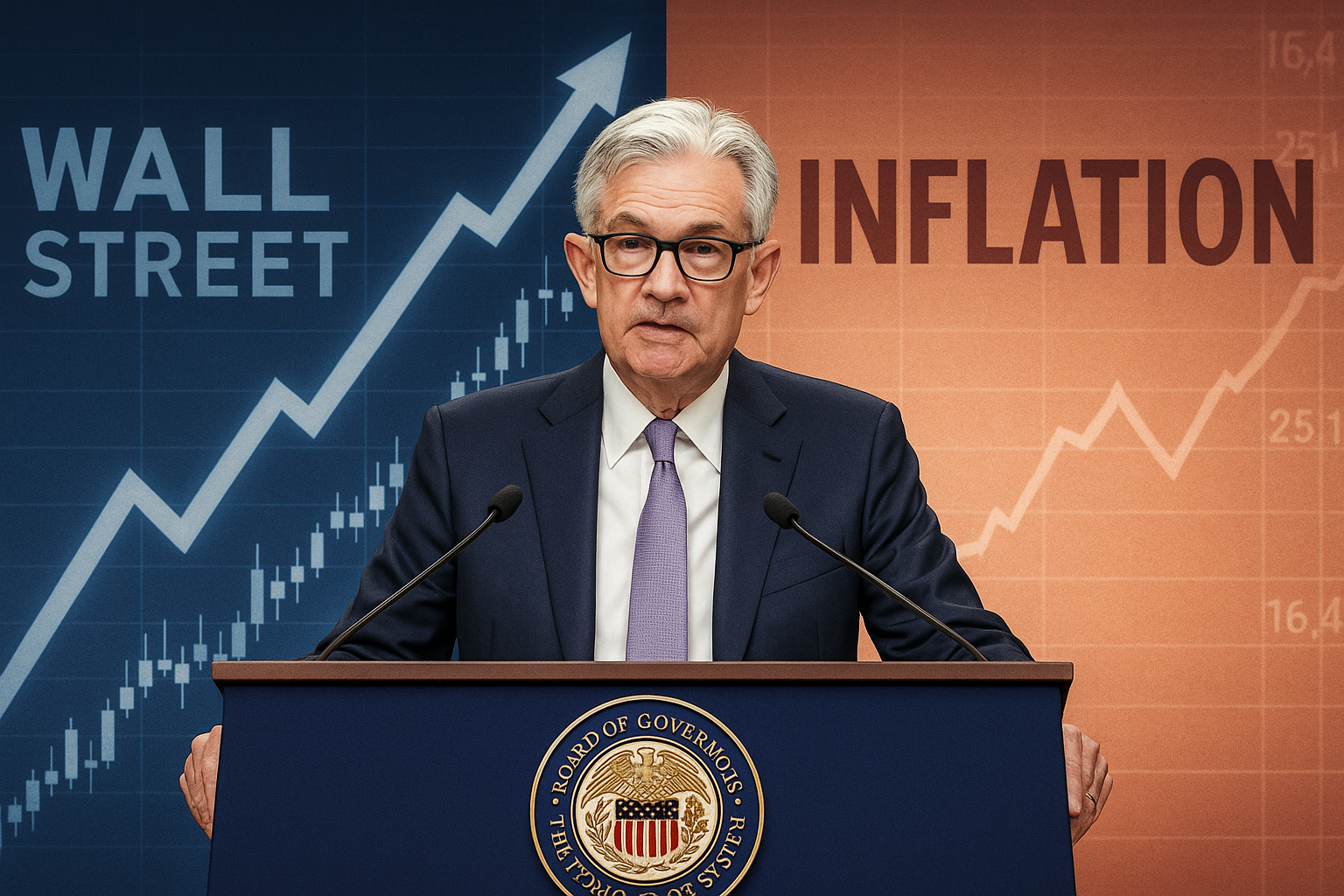Federal Reserve Chair Jerome Powell sent a clear message this week: there is “no risk-free path” for monetary policy. Inflation remains above the Fed’s 2% target, while job growth is slowing. These two pressures push the Fed in opposite directions, making its decisions harder. The recent 25-basis-point rate cut was meant to support employment, but some policymakers worry it may reignite inflation. Powell stressed that the Fed’s task is to maintain balance between price stability and maximum employment, even if politics complicate the picture.
Rate Cut Debate Splits Fed Officials
The most recent rate cut exposed deep divisions within the central bank. New Fed Governor Stephen Miran argued for a bigger 50-basis-point cut, warning that current rates remain too restrictive. He believes higher borrowing costs will cause more layoffs and weaker growth. On the other side, Atlanta Fed President Raphael Bostic and others signaled caution, saying inflation is still too sticky for aggressive moves. Powell admitted the Fed must watch and wait, especially with global trade tensions and tariffs adding uncertainty. The debate shows how fragile consensus is inside the Fed.
Stock Market Reacts as Powell Flags High Valuations
Markets rallied strongly before last week’s Fed meeting on hopes of looser policy. Major indexes touched fresh highs after the rate cut, but Powell’s warning about “fairly highly valued” equities cooled enthusiasm. His comments sent the S&P 500 and Nasdaq lower on Tuesday. The pullback hit tech hardest, with Oracle and Amazon sliding alongside AI darling NVIDIA. Investors are questioning whether the AI-driven rally is sustainable, especially after NVIDIA’s $100 billion deal with OpenAI raised concerns of a dot-com style bubble. Even so, Powell insisted that financial stability risks remain limited for now.
Rate Cut Path Uncertain Amid Market Pressures
Powell faces pressure from both the White House and Wall Street to deliver faster rate cuts. President Trump has openly called the Fed “too late” to ease policy. At the same time, investors are pricing in at least two more cuts by year-end. However, Powell is holding back from giving firm guidance. He reminded markets that inflation data, including the coming PCE report, will decide the pace of action. The uncertainty means traders should brace for volatility as expectations shift with every economic release.
NVIDIA and AI Stocks Test Market Sentiment
The AI trade that lifted the stock market this year may be losing steam. NVIDIA, the clear leader of the boom, fell 3% this week after its bold OpenAI investment drew skepticism. Investors questioned whether the industry has enough resources—especially energy—to support such ambitious growth. Oracle, another big AI play, also saw sharp losses after months of gains. These moves highlight how fragile investor sentiment can be when valuations run high. For Powell, the link is direct: if markets overheat while inflation stays elevated, every rate cut becomes riskier.
